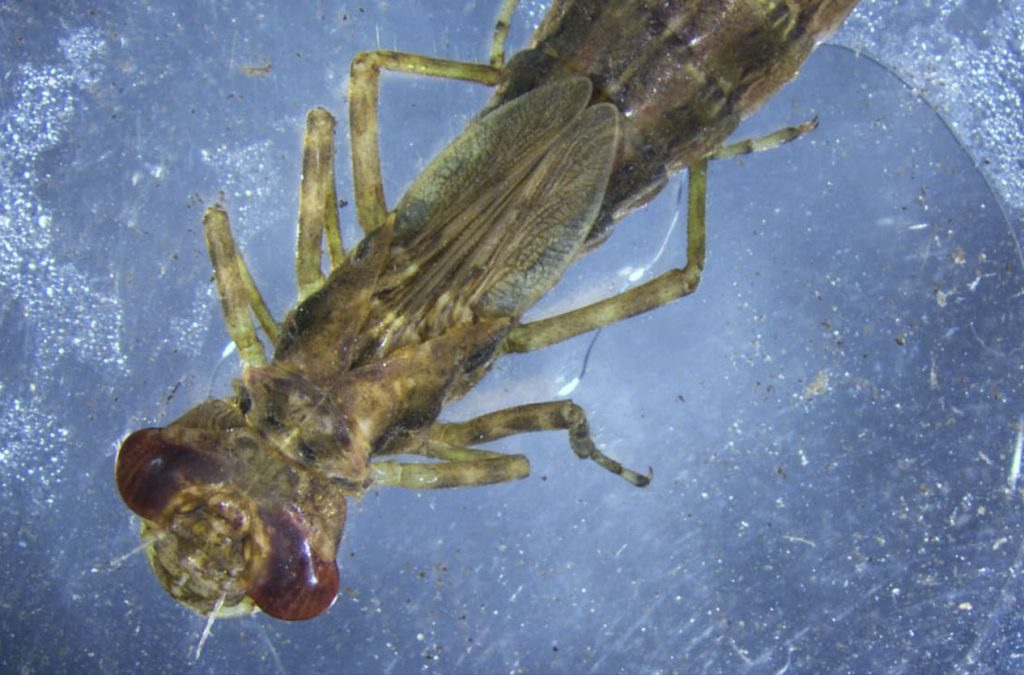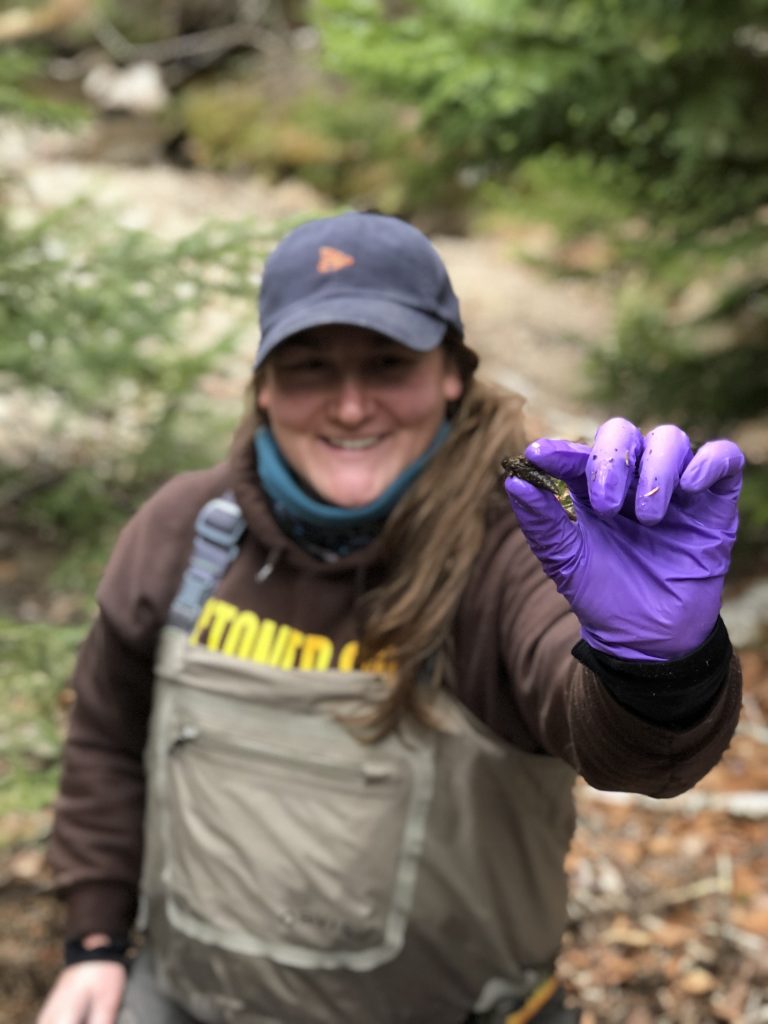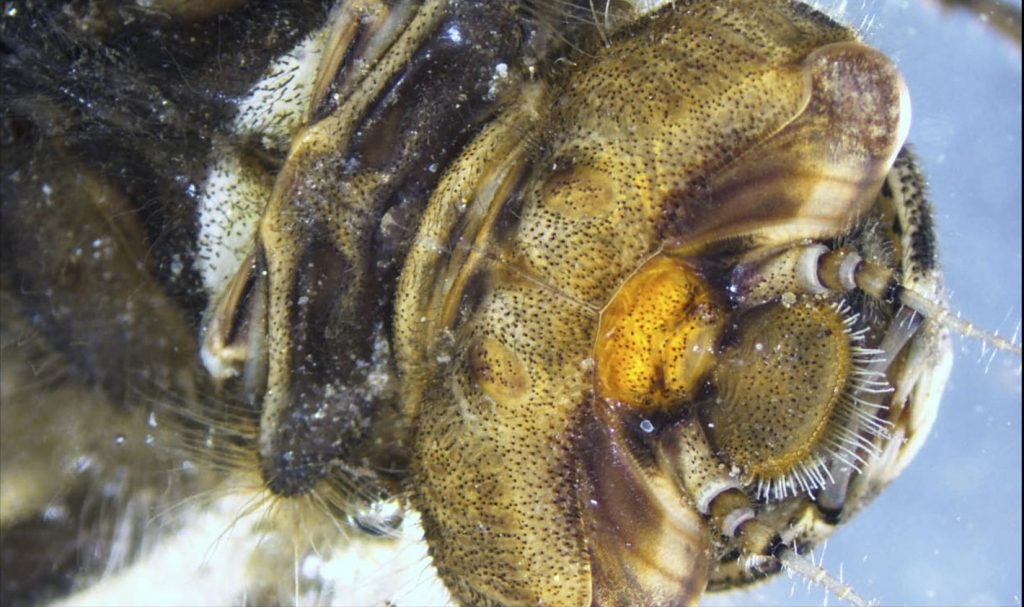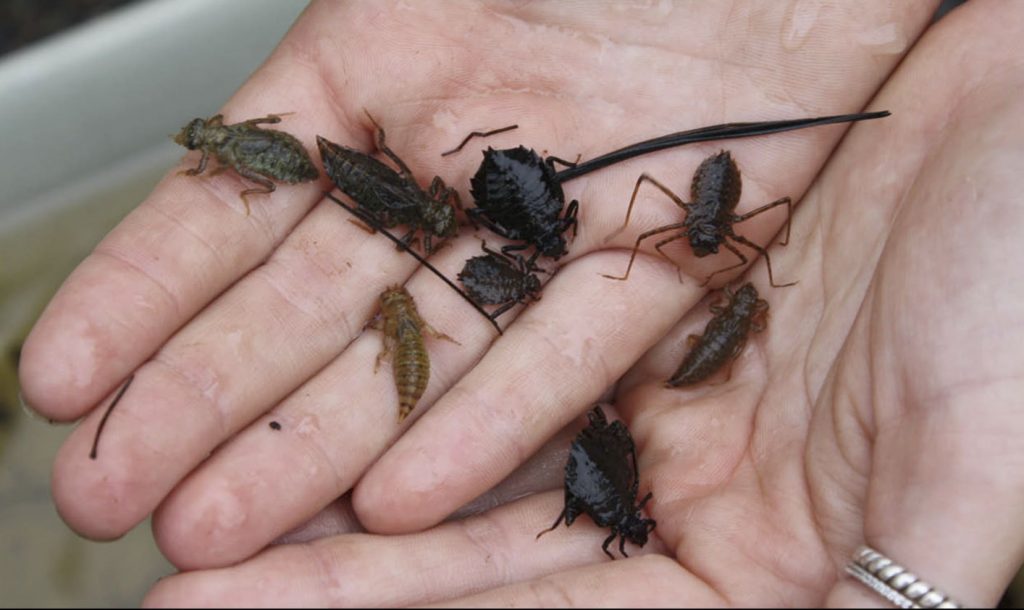It’s always interesting for me, being an aquatic biologist and angler, to look down into the water and see the diversity of life on the bottom of a beautiful stream. It wasn’t until recently during my time researching invertebrates, that I now go out to a stream while fishing and wonder how much mercury, a neurotoxin, is in the body of the small critter my fly is trying to resemble.
Billowing smoke stacks of coal burning industries fill the Midwest. These rolling fumes contain mercury (Hg) that gets combusted into the atmosphere and deposited over the landscape and into our sensitive wetlands. Widespread deposition and the extensive nature of mercury sensitive landscape across the Midwest have produced methylmercury problems in some of our most remote aquatic ecosystems including Voyageurs National Park.
Once in aquatic ecosystems, Hg sinks down to the sediments of the wetland where it is methylated by sulfate reducing bacteria. In a new form, Methylmercury (MeHg), is now an organic molecule that organisms can take up into their tissues that get transferred up the food chain to the fish we love to catch. MeHg is a neurotoxin that has led the Environmental Protection Agency (EPA) to establish fish consumption advisories for most of the states in the Great Lakes region….
(Dec 14, 2015)






